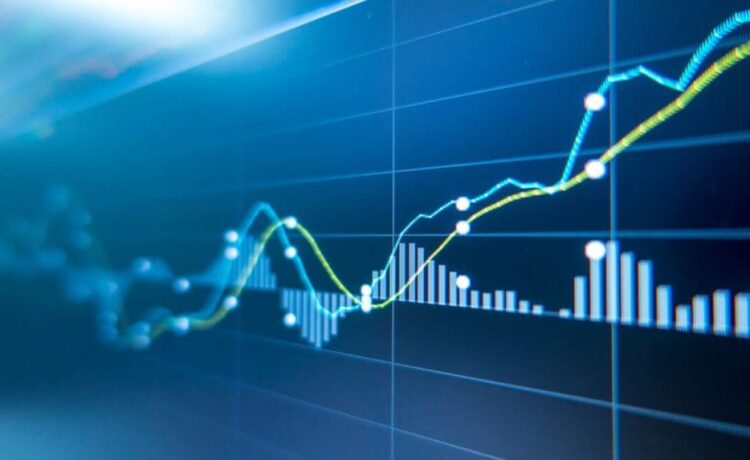Asian shares fell Friday morning, with Chinese stocks potentially set to drop as optimism over rescue measures fades.
Japanese indexes opened lower, while futures for equities in Hong Kong fell. A gauge of US-listed Chinese companies slipped amid declines for Baidu Inc., Yum China Holdings Inc. and Alibaba Group Holding Ltd.
The pullback comes after the biggest three-day rally in Hong Kong and China equities since 2022, on bets the latest efforts from Beijing will support the economy and backstop stock markets. New York-based consulting and advisory firm Teneo cast doubt on the likelihood of a “big bang” rescue package for equities.
“China’s drag risks — economic, financial and currency — certainly factor in,” said Vishnu Varathan, chief economist for Asia ex-Japan at Mizuho, in an email Friday. “Political uncertainty, and attendant policy continuity risks, in Asia may be undergoing some re-evaluation,” he added, saying “Indonesia may be facing Cabinet stumbles. India has the shadow of religious divisions despite being the economic bright spot.”
Inflation in Tokyo cooled below 2% for the first time in more than a year and a half, a sharper-than-forecast deceleration as the Bank of Japan mulls the strength of price growth and the timing of a widely expected interest hike. That result “is likely to make the Bank of Japan think twice about ending negative rates sooner than later,” according to Taro Kimura, an economist at Bloomberg Intelligence, in a report.
US shares rose on speculation over a soft landing as the economy remains resilient. Markets in Australia and India are closed for holidays.
Wall Street traders pushed stocks to another all-time high in a sixth straight day of gains as the latest US gross domestic product data defied forecasts for a recession, bolstering the outlook for Corporate America. A closely watched measure of underlying inflation was in line with the Federal Reserve’s 2% target, seen by many as an encouraging signal.
“There are no recession concerns here, and to make matters even better, we don’t see any accompanying blowout growth in prices that are used in the GDP calculation,” said Charles Hepworth, investment director at GAM Investments. “Stronger growth without inflation is what everyone wants.”
The S&P 500 closed near 4,900 and US 10-year yields slid 6 basis points to 4.12%. Swap contracts continued to fully price in a Fed reduction in May, while boosting bets on total cuts this year to around 140 basis points.
The US economy’s fourth-quarter growth trounced forecasts as cooling inflation fueled consumer spending, capping a surprisingly strong year. Gross domestic product increased at a 3.3% annualized rate. A closely watched measure of underlying inflation rose 2% for a second straight quarter.
The market’s resilience suggests that investors are satisfied to see firm US data despite elevated rates, according to Fawad Razaqzada at City Index and Forex.com. They are confident that peak rates have been reached, and policy will eventually loosen — albeit a bit later than initially expected, he added.
The S&P 500 is at all-time highs amid a dizzying stretch for equities, triggered by falling inflation and the possibility that the Fed will cut rates in 2024. It has already blown past the Wall Street consensus over where the index will finish the year. On Wednesday, the gauge surpassed 4,867, the average level where forecasters in a Bloomberg survey pegged it 11 months from now.
With the US stock market at a record, the question for many investors right now is how much firepower is left in the rally that began last year. Whenever the S&P 500 has climbed from a bear market to new heights, returns in the subsequent six and 12 months have been handily above average, Bloomberg Intelligence data going back to 1950 showed.
BI’s analysis of market performance after the US stock benchmark hit a fresh high found the median forward six-month return was roughly 9.2%, above the median 6.3% return for all half-year periods going back more than 70 years. The same pattern is seen in forward 12-month performance, with median returns at 15% after a new all-time high versus just 13% in overlapping yearlong time frames.
Elsewhere, oil rose to the highest in about two months as US inventories, Chinese stimulus and an attack on a Russian refinery ignited a rush of trend-following algorithmic buying.
















